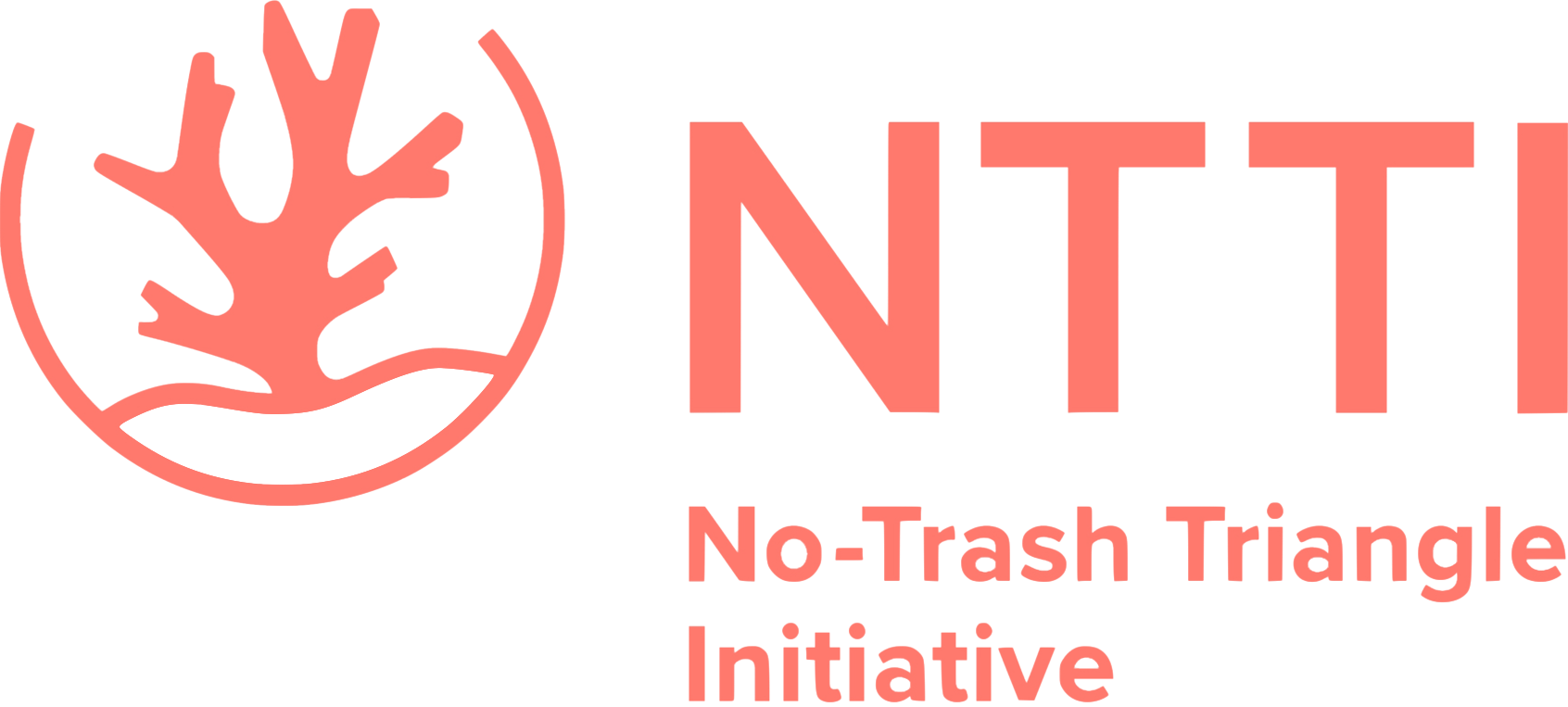Baby mangroves!
Let me tell you about the beautiful experience I had the luck to participate in yesterday: a field trip with the local junior high school kids to the mangrove forest!
The event is a part of the education project whose aim is to teach the kids about the key environments they are surrounded by. In order to better send our message the Initiative organised a cooperation with the Seasoldiers, a local NGO composed by dynamic and brilliant people very passionate about the ocean and its preservation.
After a quick breakfast at Coraleye outpost I crossed the Island to reach a small house on the beach of Lihunu. It was a beautiful wooden shack right by the sea with a tent right next to it. Is here where this group of very interesting young people, Seasoldiers volunteers, had spent the night. After some quick introduction we immediately got to work. For starters we went down by the beach to collect plastic bottles, which are unfortunately quite easy to find. After having collected a few bags of them we brought them back to the shack where we cut them in half, and we poke a few holes in the bottom part in order to make little pots for our baby mangroves.
Around nine a.m. screams and noises coming from the jungle announced to us that the kids were on their way. There were about twenty of them, aged between 13 and 15, all wearing the school uniform.
We had a round of introductions and then the Seasoldiers began asking questions about mangroves to the kids, who had already been instructed on the topic in previous lessons.
After having checked the preparation of the students, while some of us were finishing to prepare all the materials, a couple of volunteers organised a few group games to keep the kids entertained.
Finally we were set and ready to go! Each kid was given a pair of gloves, we loaded a few bags of muddy earth on a wheel barrel, we picked up the sack containing the mangrove's seedlings that the kids had collected the previous day and we took off for Lihunu's mangrove's forest.
As soon as we got in the shadow of the plants the Seasoldiers began to explain the kids how to treat each seedling. We had seedlings of two different kinds of mangroves, the Rhizophora species has long green seeds which end with a thicker round black part, whereas the Bruguire species has much shorter seed which has a reddish flower-shaped cap on top. Each seadling was placed into a bottle which was then filled up with two layers of different soils. After having filled up all the plastic pots we had we moved further into the forest. The tide was pretty low, you could see all the intricate roots of the mangroves coming out of a dark grey mud soaked with water. It was a curious feeling the one of walking in the mud. We had taken our shoes off and at every step our feet were sinking deep into the ground. You could feel the mud squeezed in between your toes. Finally we found a reasonably clear spot. Here we built a kind of a greenhouse using some bamboo and coconut leaves we had brought with us. Once the structure had been ultimated we placed the pots inside, we had about a hundred of them. In this way the seedlings can be reached by the water of the high tide without being carried away. Here in this greenhouse the seedlings will spend the next three month, during which they will grow and develop roots which will allow us to then move them and transplant them in the site of the old dead Busa Bora mangrove's forest.
Our work of the day was done. We exited the forest, said goodbye to the kids and then went back to the shack where we shared a home cooked meal of white rice and some fairly spicy fried fish.
It was a very cool experience! I've loved to see the kids being so interested in knowing the secrets of the forest and the Seasoldiers so passionate about sharing their knowledge and love for the oceanic environment.










